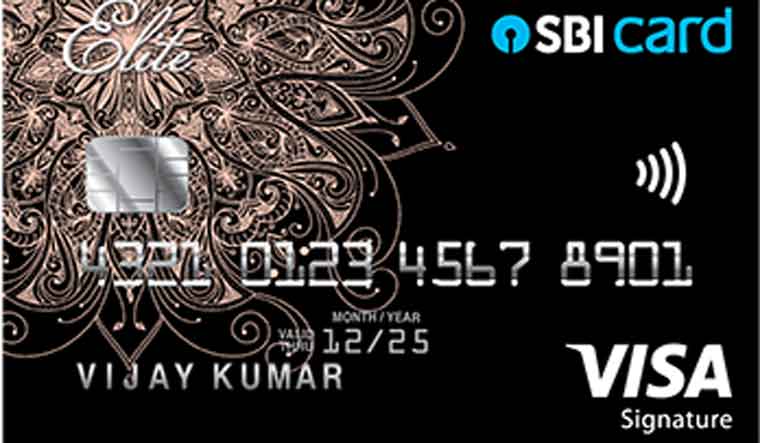The initial public offering (IPO) of SBI Cards and Payment Services will open for subscription next week. It is the second largest credit card issuer in India and is generating a lot of buzz in the capital markets as it presents an opportunity to invest in a direct play on India’s rising consumerism and digital payment story.
SBI Cards has set a price band of Rs 750-755 for the share sale that is expected to raise around Rs 10,000 crore. Currently, State Bank of India, the country’s largest lender, holds 74 per cent stake in the company, while The Carlyle Group holds the remaining 26 per cent stake. Through the IPO, SBI will sell 4 per cent of its stake, while Carlyle will divest 10 per cent.
At the current price band, the valuations for the IPO are clearly looking some what steep, but analysts say given the strong growth outlook, the company is likely to trade at higher multiples. “At the upper end of the price band, SBI Cards is valued at 45.5 times of nine months FY2020 annualised earnings. Although, the valuations are a bit on the higher side, we are positive on the future outlook of the company, given favourable industry scenario, large untapped SBI Bank customers and strong financial track record,” said Jaikishan Parmar, research analyst at Angel Broking.
Angel Broking notes that SBI Cards has grown its outstanding cards at a “healthy” 28 per cent compounded annual growth rate between financial years 2015 to 2019, while the industry grew at 23 per cent over the same time.
SBI Cards has a market share of 18 per cent, accounting for one crore cards. It is also the largest co-branded credit card issuer, with partnerships with leading companies like the IRCTC (Indian Railway Catering and Tourism Corp), Yatra and Ola, said analysts.
SBI Cards’ total revenue rose at a compounded rate of 46 per cent and net profit grew at 52 per cent compounded rate during financial year 2017-2019. The outlook for the business is healthy with 35 per cent compounded growth in credit card spending, according to a report by Geojit Financial Services. “The penetration of credit cards in India is relatively low at 3 per cent, compared to 42 per cent in Asian peers like China, which indicates potential for long-term growth,” it said.
also read
- Swiggy IPO: QIBs lead subscription, stock debut on November 13
- SBI quarterly results beat estimates, but shares tank
- SBI report pegs GDP growth at 6.5% in Q2; sees some incipient pressure on domestic economy
- HDFC Bank to list its arm HDB Financial Services, in what will be the largest IPO in the NBFC space
Anusha Raheja, analyst at LKP Securities, expects the firm’s profitability to remain strong, with profit after likely to grow 57 per cent compounded annual growth rate during financial year 2020-22. “Business model is unique as it is the only company in India having pure credit card business whereas for other banks, credit card business is done via bank only and there is no separate subsidiary for the same business. Hence, SBI Cards enjoys superior return ratios—ROE (return on equity) and ROA (return on assets) of 36.5 per cent and 6.7 per cent (for nine months FY20) on the total asset base of Rs 24,600 crore,” said Raheja.
Anand Dama, research analyst at Emkay Global Financial Services has flagged potential risks in the form of rising competition from alternative digital payment platforms. There is also a regulatory risk-related merchant discount rate and interchange fees, he said.
“Asset quality risk too is on the rise, given the weakening economic and employment trends; thus, SBI Cards with its already higher delinquency levels and a gross non-performing assets ratio of 2.47 per cent versus 2.3 per cent in the second quarter (industry 2 per cent), needs to be more vigilant,” added Dama.
He also said SBI Card’s strong growth prospects, superior return ratios and parental lineage call for “premium valuations.”



